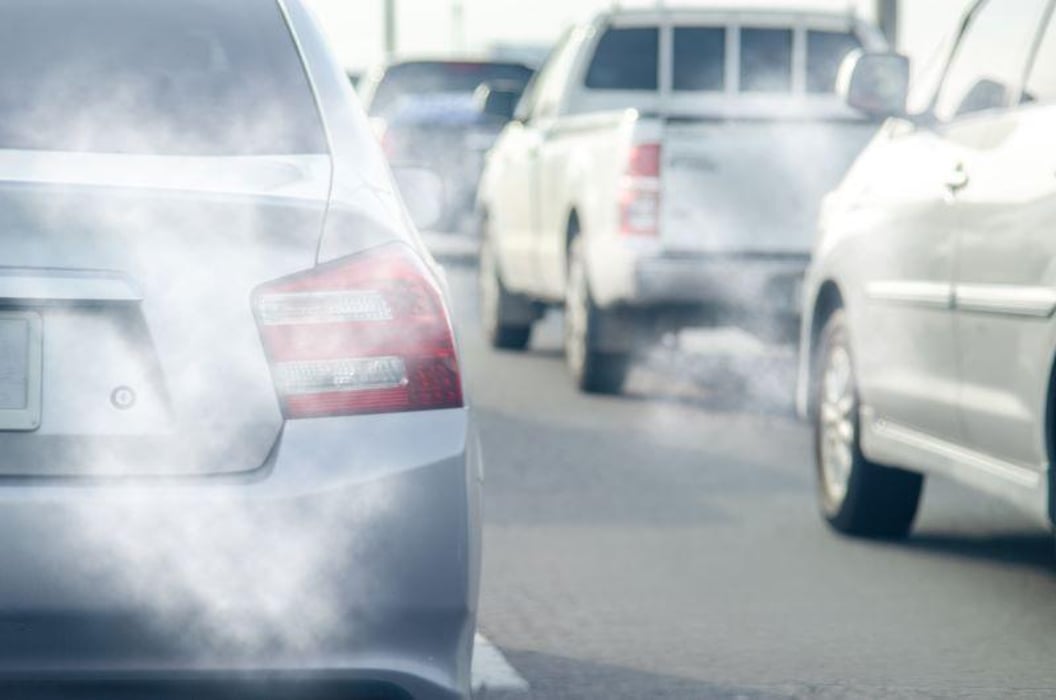EPA Proposes Tougher Rules on Air Pollution

MONDAY, Jan. 9, 2023 (HealthDay News) -- For the first time in a decade, the U.S. Environmental Protection Agency has proposed strengthening standards on fine soot in the air, a known contributor to serious health issues.
Under the new proposal, standards for fine particulate pollution, known as PM 2.5, would change from a level of 12 micrograms per cubic meter to a level between nine and 10 micrograms per cubic meter. The standards haven't been altered since 2012.
The EPA estimates that with a standard of 9 micrograms per cubic meter, there would be up to 4,200 fewer premature deaths a year, 270,000 fewer lost workdays and as much as $43 billion in net health benefits in 2032.
The agency will take comment on the full range of recommendations on soot standards included in the latest report from the Clean Air Scientific Advisory Committee, which is between eight and 11 micrograms per cubic meter.
These fine pollution particles can penetrate deep into the lungs, triggering asthma attacks, heart attacks and premature death. Children, older adults, those with heart and lung conditions, and minority communities are most affected, the EPA said.
“Our work to deliver clean, breathable air for everyone is a top priority at EPA, and this proposal will help ensure that all communities, especially the most vulnerable among us, are protected from exposure to harmful pollution,” EPA Administrator Michael Regan said in an agency news release.
He added that the Jan. 6 proposal "is grounded in the best available science."
But some experts believe the tougher regulations don't go far enough.
“Today’s proposal from EPA to update the national annual limits on particulate matter pollution misses the mark and is inadequate to protect public health from this deadly pollutant, Harold Wimmer, president and CEO of the American Lung Association, said in a statement.
“We are deeply disappointed that EPA’s proposal today did not include a standard of 8 [micrograms per cubic meter] in the proposed range of options for the annual standard. The Clean Air Scientific Advisory Committee recommended a range of standards that included an annual level as protective as 8 [micrograms per cubic meter] ... EPA did not follow these expert recommendations."
But others welcomed the effort.
“As a physician who’s passionate about oncology and dedicated to enhancing the health equity that’s so often needed in Black communities and other communities of color, I am grateful for the Biden Administration’s commitment to advancing equity and justice for all,” said Dr. Doris Browne, former President of the National Medical Association.
“No one should be sickened by the environment they live in, and EPA’s proposal marks the start of changes that will have lasting impacts in communities all over, especially Black and brown communities that often experience increased PM pollution,” Browne said. “Harmful air pollution can have lasting and devastating impacts on people’s health.”
The EPA plans to issue final standards later this year, after accepting public comment.
More information
The World Health Organization has more on PM2.5.
SOURCE: Environmental Protection Agency, news release, Jan. 6, 2023
Related Posts
Quizá más mujeres opten por la anticoncepción permanente tras el final de Roe contra Wade
JUEVES, 5 de enero de 2023 (HealthDay News) -- Jasmine Quezada, una contable...
Climate Change Is Stressing Out the Young, But Inspiring Some to Action
WEDNESDAY, Aug. 23, 2023 (HealthDay News) -- Young people have high levels of...
Las actividades cotidianas que pueden reducir el riesgo de demencia
VIERNES, 12 de agosto de 2022 (HealthDay News) -- Leer, hacer yoga y pasar...
Strength of Risk Factors for Stroke Vary by Age
FRIDAY, Jan. 20, 2023 (HealthDay News) -- High blood pressure and diabetes may...
